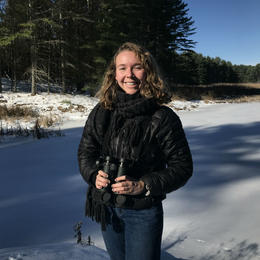It's officially springtime and birds are migrating back to Vermont, which means nesting season is upon us! Today we will learn why and where birds nest, what materials they use to build their nests and ways we can help welcome birds back to Vermont. We will get the chance to build our own nests and do some role playing to get into the mindset of our favorite birds!
Why do birds build nests?
Nests are important to the survival of birds because they create a safe place for their eggs and nestlings. Many of us picture nests as grassy cups fastened to branches of trees, but nests are much more diverse. Each spieces instinctively designs a nest that is best suited to its needs. Different birds use different materials, and nests can be all shapes and sizes. Some birds do not build nests at all and lay their eggs on the ground or along a rocky edge.
Where do birds build their nests?
We often picture nests sitting high up on a branch in the forest and while this is true for many song birds, there are plenty of other desirable locations. Some birds, like turkeys, make their nest simply by stratching the ground at the base of a roosting tree or near a raspberry bush. Turkeys will either add sticks and grass to cushion the nest or just lay eggs right onto the forest floor. Other birds nest in open spaces, like the Bobolink who often nests in the grasses of farmer's hay fields in Vermont. Or take the Osprey, a bird of prey that nests atop snags (dead, standing trees), telephone poles and platforms. The placement of a bird's nest can present different challenges and advantages. For example, the turkey nesting on the ground will likely need to defend its eggs and nestlings from predators like raccoons, foxes, coyotes and other birds on a regular basis because it is easily reached. The Bobolink is threatend by predators, including humans who mow the grassy meadows they nest in for hay production. Whereas the Osprey has an advantage being out of reach from most predators.
What materials do birds use to construct nests?
Birds use both natural and unnatural (human-made) materials to build their nests. They are master weavers. Let's check out a few example nests we have at the Green Mountain Audubon Center to see what items different bird species use! Below you will find two charts - One walks you through the characteristics of six different bird species' nests and the other has photos of mystery nests that match to each of the six species. See if you and your student can match the nest photo to the right bird! You can also use these photos for inspiration when designing your own nests. I will attach these worksheets at the bottom of the article as a PDF for printing.
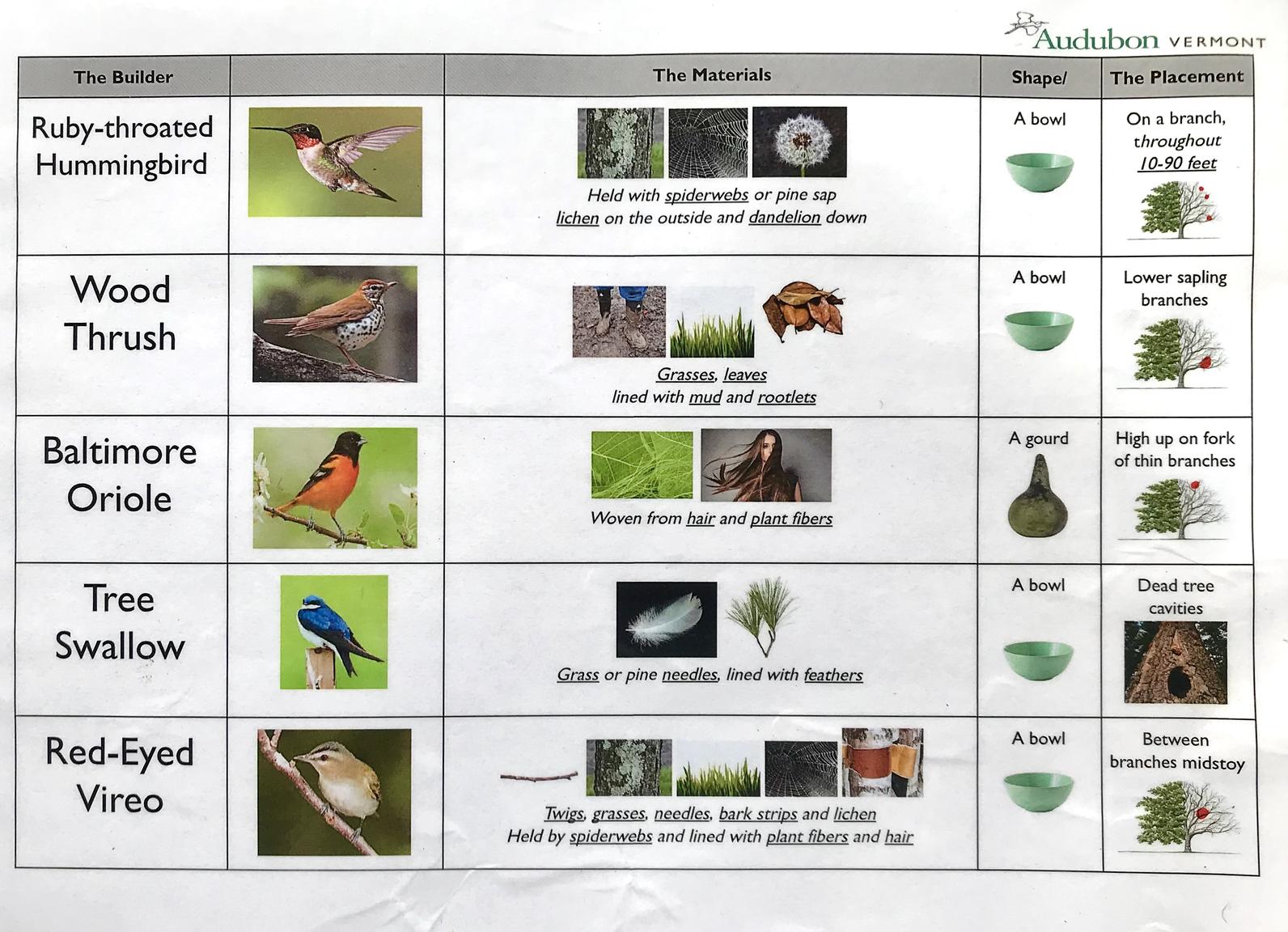
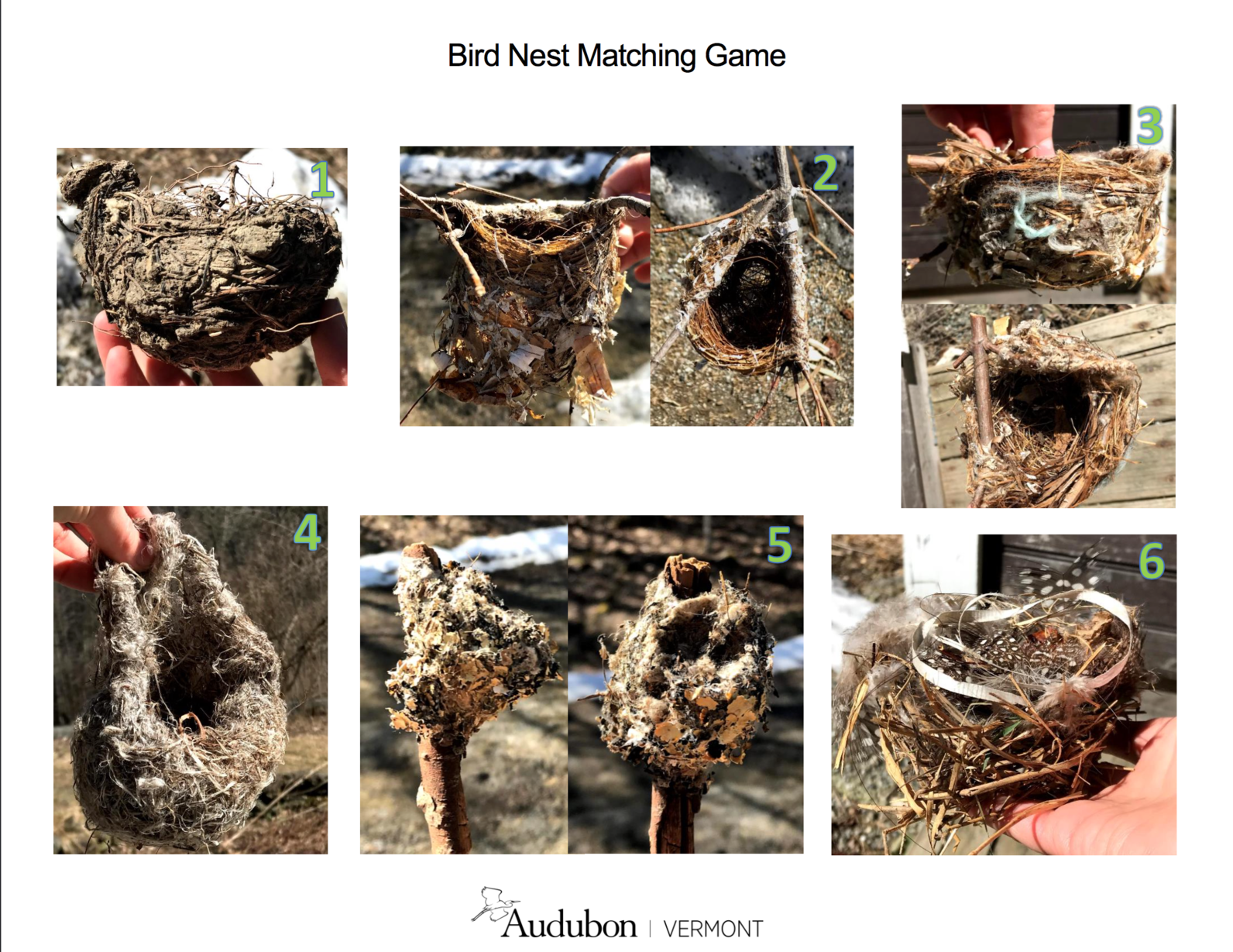
Building your nest
Imagine you are your favorite type of bird and you have just returned to Vermont after a long journey from Mexico or another warm, distant location. You must build a nest, but there are some decisions to make before jumping into construction.
1) Location
First you need to find the best spot for your nest! 'Fly' around your living room, yard or local park until you land on a good spot. Consider the following when choosing a location:
- Placement: this is your bird's ideal home. It might be shrubs, tree cavities, tree branch, open field, sand, forest floor etc.
- Camouflage: this is your ability to blend into your surroundings and stay out of sight from predators.
- Cover: this is your bird's ability to keep sheltered during weather events
2) Materials
Once you’ve chosen your spot it’s time to decide what materials you will use to construct a nest. What natural or human-made materials are available to you? For this activity we will only collect materials that are dead and down (not living). Look back to some of the nests we examined earlier to see what they were made of. How do you want to bind your nest together – leaves, grass or maybe a mud lining? Think about the size of your bird and how big the nest should be to hold you, a mate and your eggs.
Spend a few minutes looking for and gathering the materials needed to build your nest. Remember, birds carry nesting materials in their mouths and have to make many trips back and forth as they their construct the nest! Your nest must be strong enough to hold the eggs and soft enough to cushion them so they don’t break.
Indoor adaption: Can't go outside to gather materials? Build a nest out of pillows and blankets! You can still play with shape and size. Maybe you choose to make this nest human-sized to cozy up in!
3) Construction time!
It’s time to build your nest! Students may use a container, like a yogurt cup or Tupperware, to collect materials and shape their nests.
Indoor adaptation: Build your pillow nest! Still test it out with your 'eggs.'
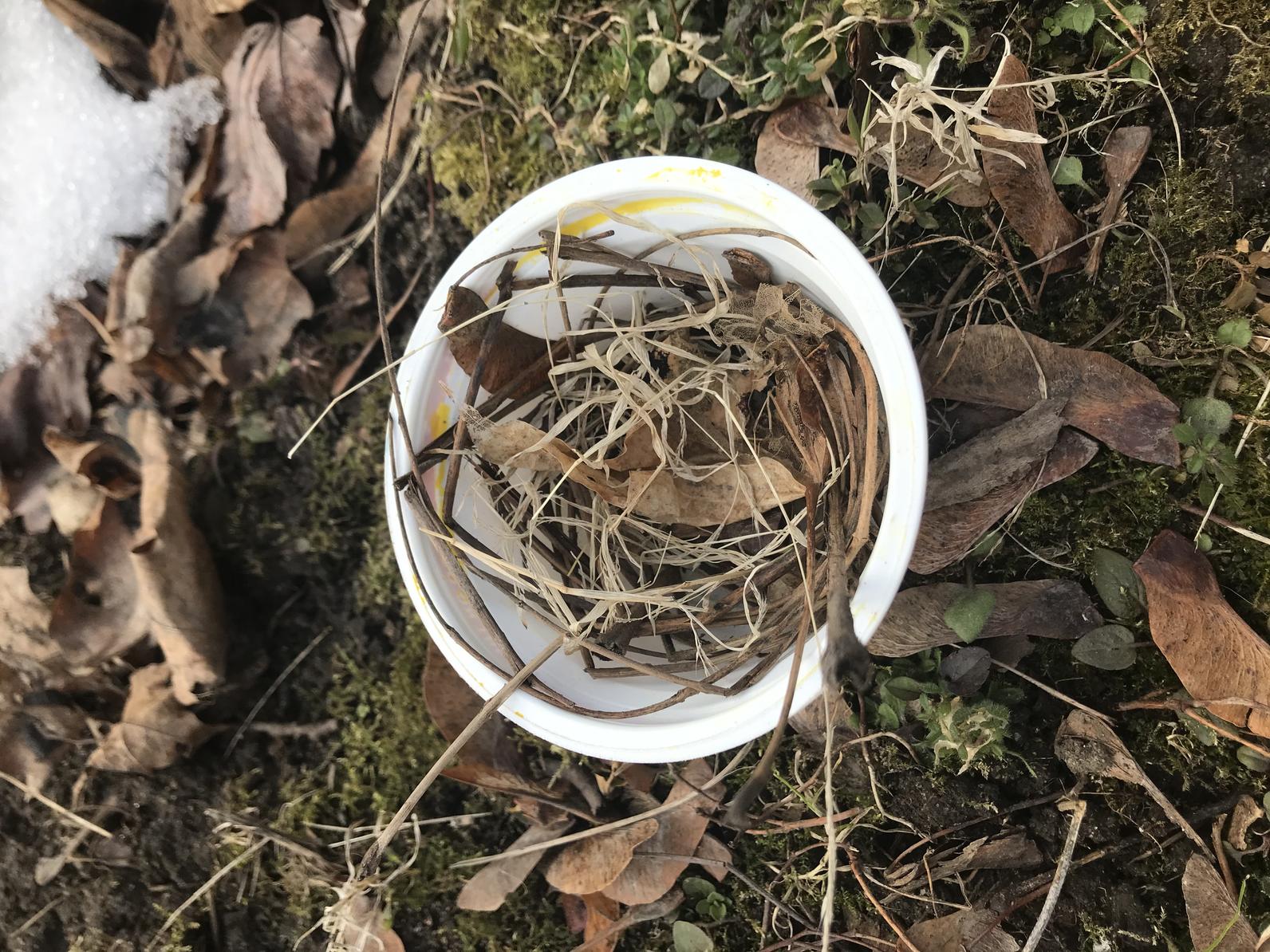
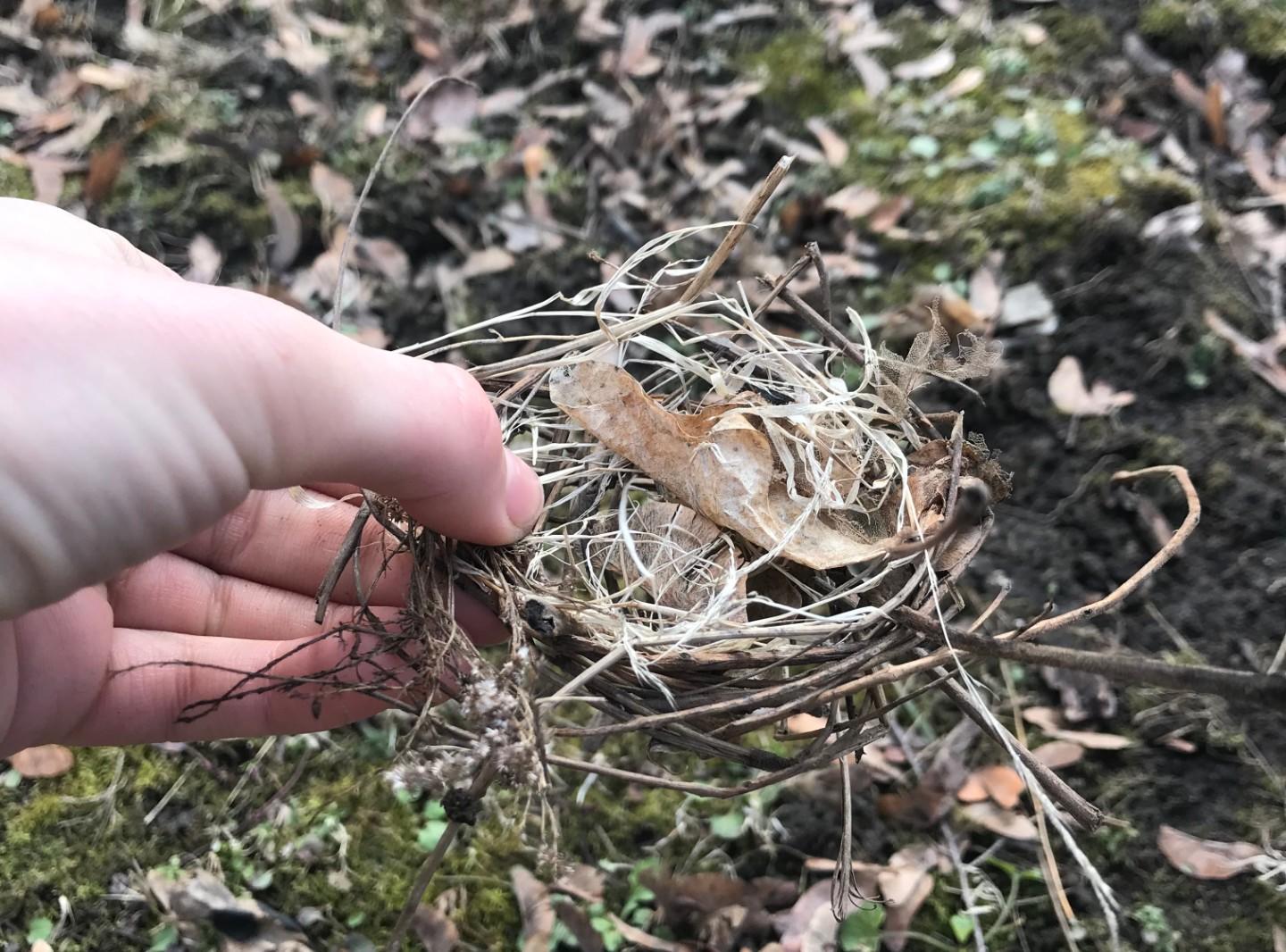
Once students are done building, you must put your nest to the test! The adult should award the student some ‘eggs’ to put in their nest. If you have wooden or plastic eggs use them, otherwise acorns, cotton balls or rocks will do just fine. How many eggs can you fit in your nest? Do you know how many eggs your bird usually lays?
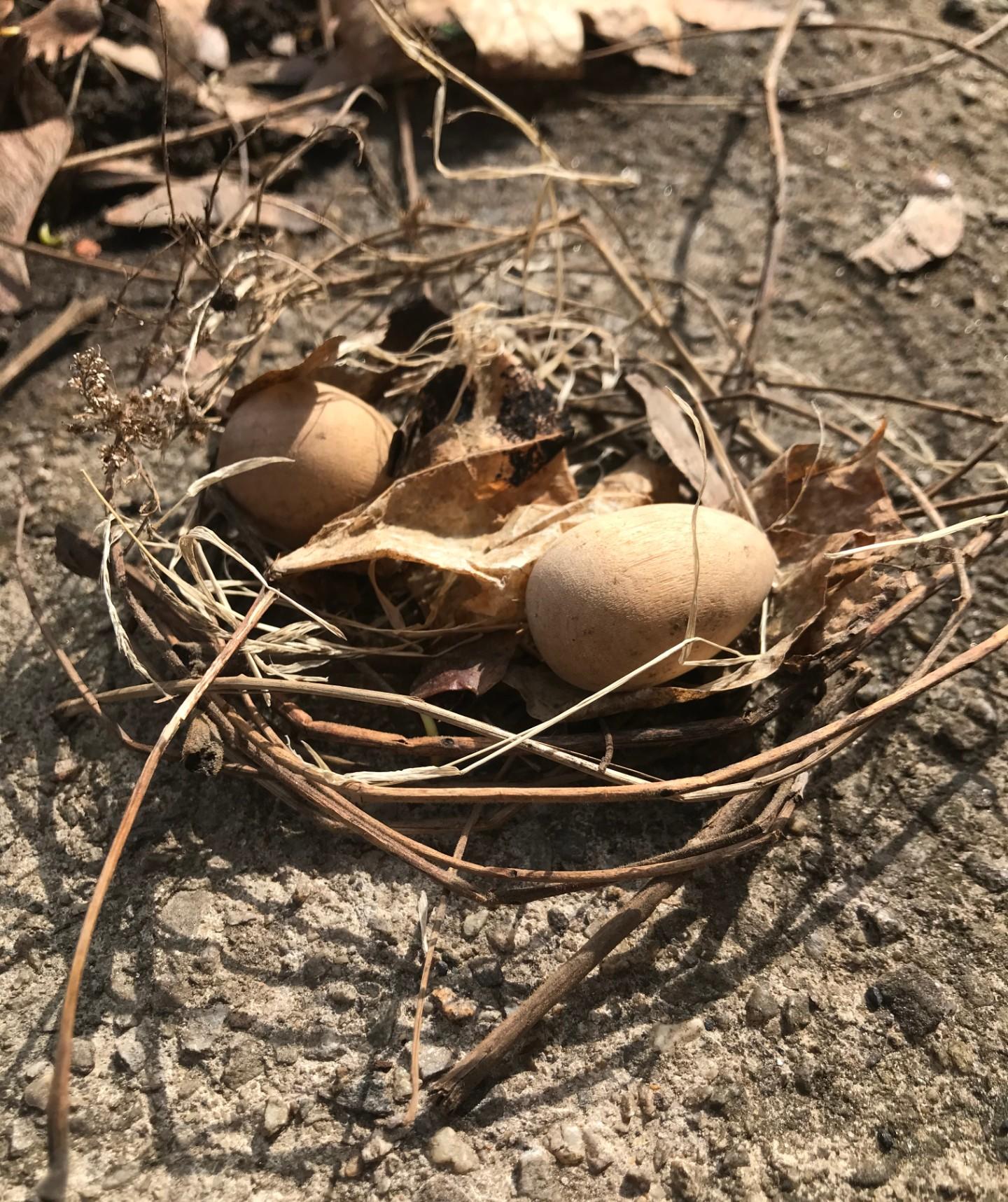
4) Role play bird versus predator!
This activity works indoors or outdoors as long as you have some space to move around.
Talk to your student about what kinds of things birds like to eat. Acorns, seeds and berries are the most popular. To encourage your student to enter the mindset of their favorite bird you could play a game that helps them envision the hard work that goes into protecting eggs and collecting food. In this game, the student will be flying out to collect food while making sure they are keeping an eye on their nest to protect their eggs. The adult’s role is be a predator looking to rob the nest (raccoon, crow, squirrel, blue jay, etc.) While the nest is left unoccupied the predator will try to swipe the eggs. This opens up a discussion of life cycles and death in the forest. One animal's loss is another animal's gain. Although it is sad for birds to lose an egg or nestling, predators need food to survive.
5) How we can help welcome migratory birds to Vermont?
Let's give migratory birds a warm welcome back to Vermont! Here are some action items that are easy to do at home:
- Leave unnatural (human-made) nesting materials around your yard. Hang materials from trees around your yard such as hair from your hairbrush, ribbon or yarn/string for birds to collect and incorporate into their nest.
- Use our Plants for Birds Database to look up what the best native plants for birds are based on your area. This will not only help protect birds by providing food and cover, but also attract bird visitors to your yard!
- Leave dead trees (snags) standing for cavity nesting birds (woodpeckers, tree swallows, chickadees, etc) unless they pose a threat to people's safety.
- Build nest boxes and platforms for nesting! Audubon offers instructions on how to build your own Bluebird box and Cornell's Lab of Orinthology has great resources on how to build for specific species and the features the best nest boxes should have.
Looking to do more?
Build a giant nest that fits both you and your student(s)! Collect sticks, fallen branches and any other materials you have available and see if you can make a nest the size of a bath tub. At the Green Mountain Audubon Center we built a nest with our Forest Playschoolers that measured almost 10 feet in diameter! Can you beat our record?
Go for a walk around your neighborhood or local park and see if you notice any nests in the trees!
Attachments:

